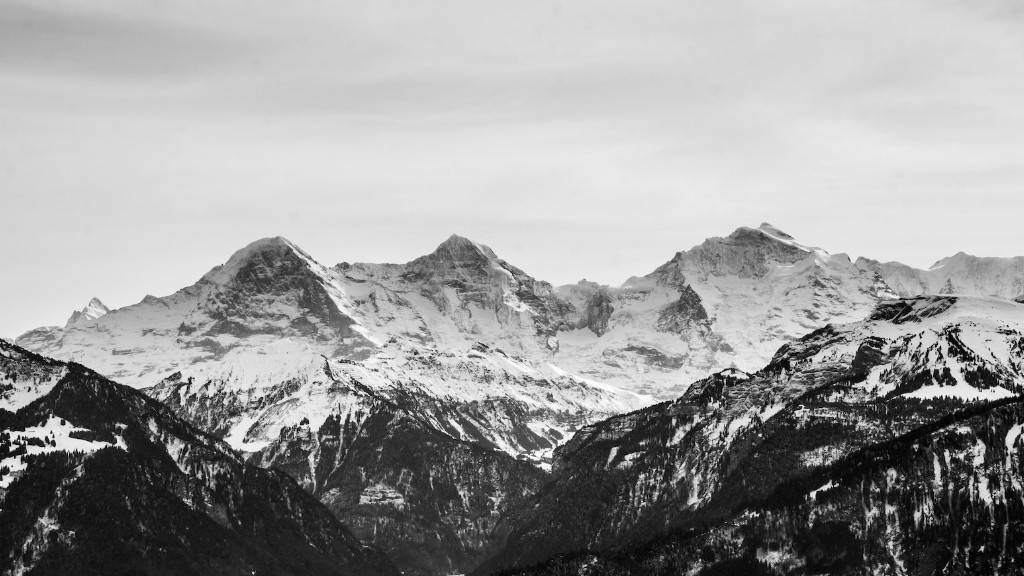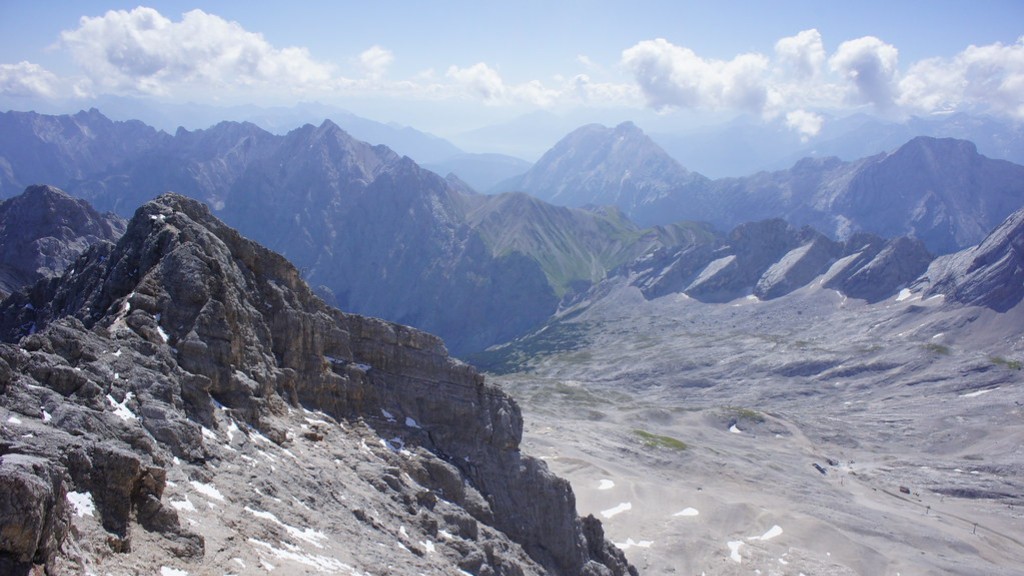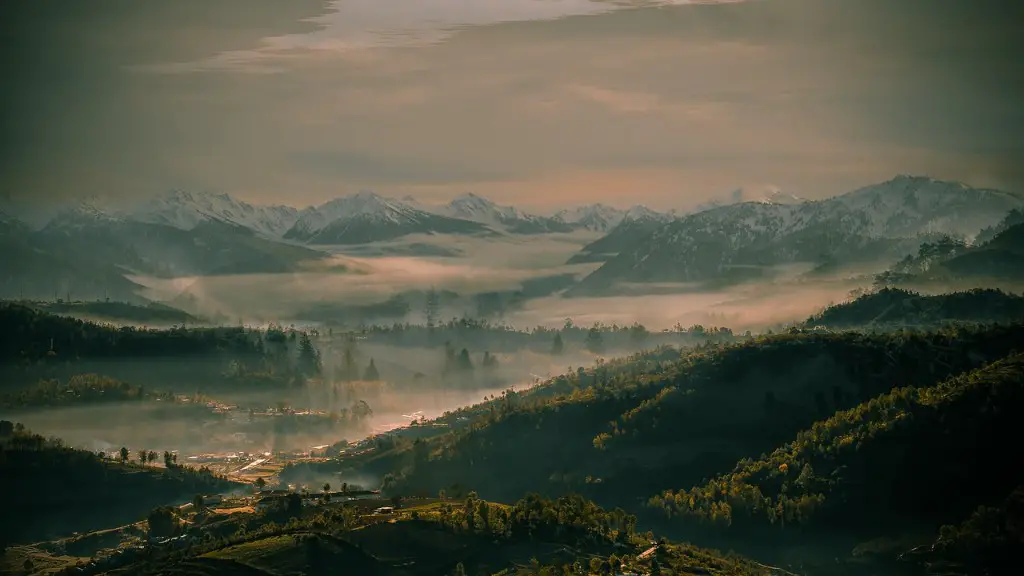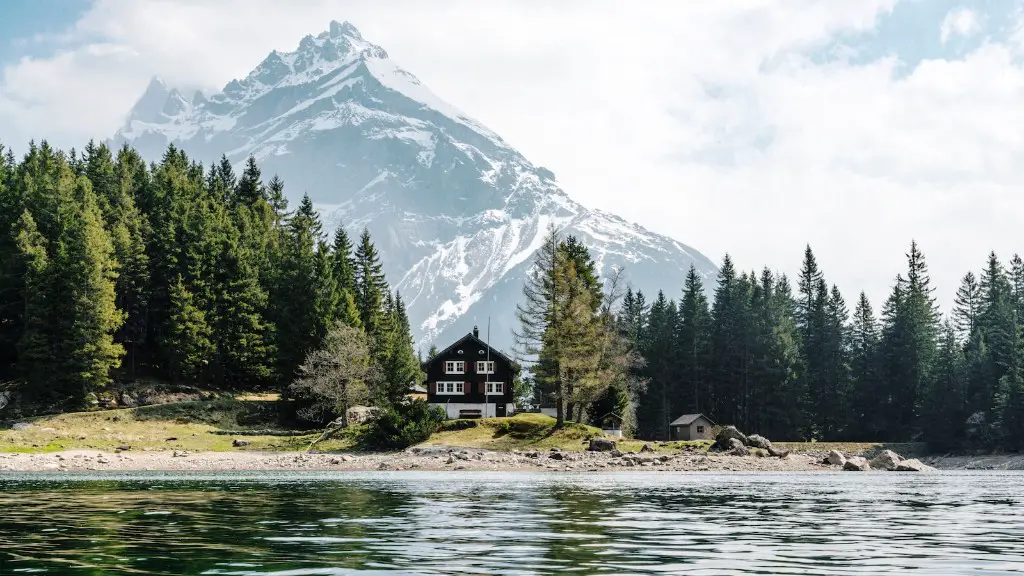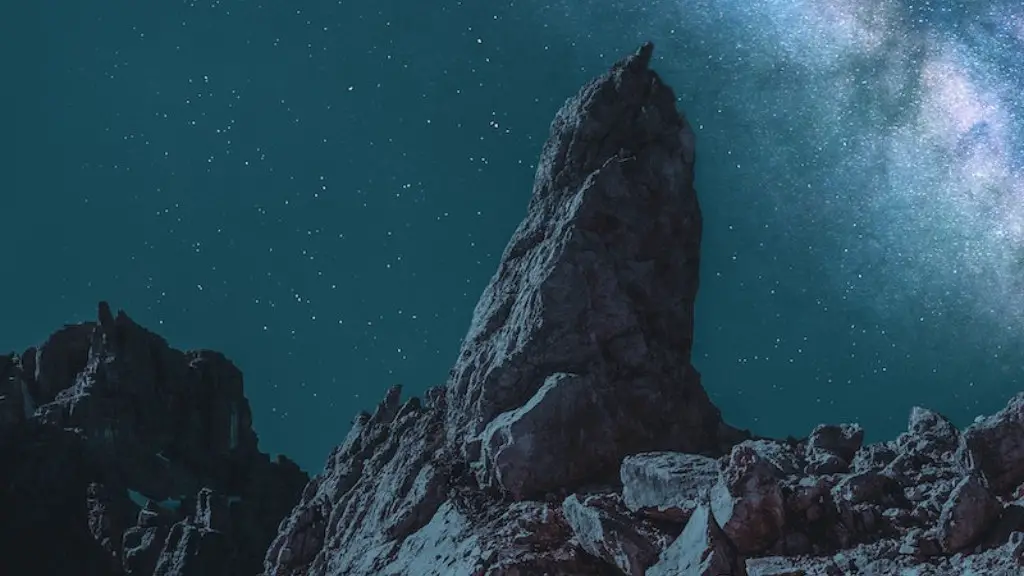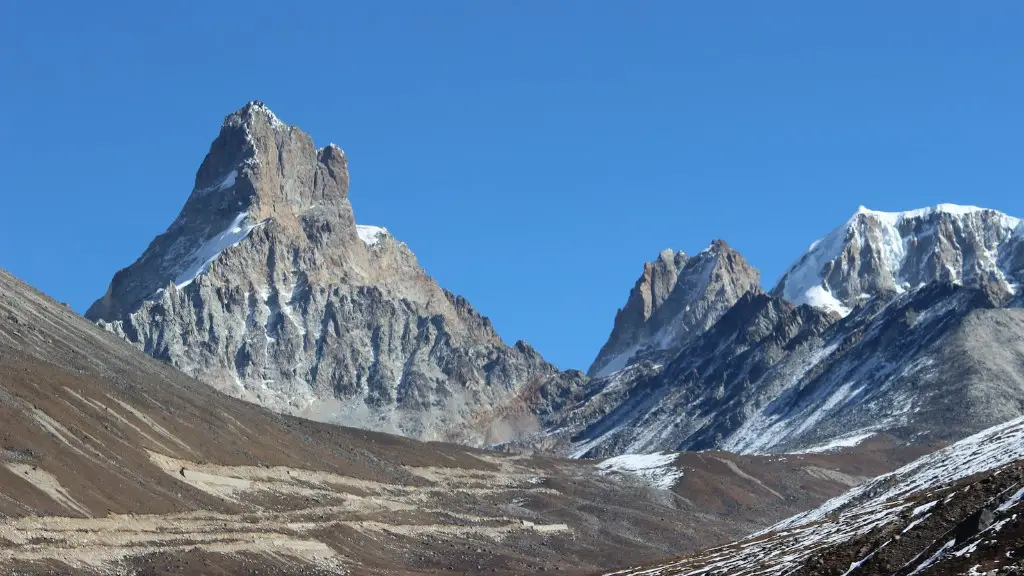Mount Everest stands at a whopping 8,848.86m (29,032.6 ft) – but how do they measure something so tall?
In 1856, the Royal Geographical Society appointed the Indian trigonometrical survey, led by Surveyor General of India Colonel George Everest, to measure the Himalayas.
Although there were many difficulties along the way – culminating in the death of Everest’s successor, Andrew Waugh, in 1857 – the Indian Survey triangulated Everest’s height in 1855 as 29,002 feet (8,840m).
This height was officially announced by the Society in 1856, and has been widely accepted since – although it was revised slightly to 29,028 feet (8,848m) in 1858, following further calculations.
They use a variety of methods to measure Mount Everest. One popular method is to use GPS technology.
How did they measure Mt Everest?
High-precision levelling is a process used to calculate the difference in height between two points. This is done by first measuring the height of the coastline from mean sea level, and then using special instruments to calculate the height of the city from the coastline. This process is very painstaking and can take a long time to complete, but it is the only way to get an accurate measurement of the height of a city from mean sea level.
GPS technology is a common and easily accessible method for determining peak height and location. A geodesist hikes to the top of a mountain and positions a receiver that communicates with satellites overhead, recording a broadcast signal from the satellites. This information is then used to determine the peak height and location.
Why is measuring Everest so difficult
Everest is the tallest mountain in the world, but it can be hard to see from a distance. This is because it is often obscured by other mountains, like Kangchenjunga, and it is often shrouded in clouds. British surveyors had to perform their measurements from over 100 miles away, which made it difficult to get an accurate reading.
The land surveyors performed a standard land survey, which utilizes trigonometric measurements. They also took measurements via satellite. Additionally, the surveyors brought in a gravimeter to determine where exactly sea level lies beneath Everest.
What happens to a person who dies above 26000 feet on Mt Everest?
Climbing higher than 26,000 feet on Mount Everest is extremely dangerous because it puts climbers into the “death zone.” In this area, oxygen is so limited that the body’s cells start to die, and judgement becomes impaired. Climbers can also experience heart attacks, strokes, or severe altitude sickness. If you’re considering climbing Mount Everest, make sure you are extremely well-prepared and aware of the risks.
The death zone is the area of Mount Everest above 8,000 meters (26,247 feet). Above this altitude, the air is so thin that the human body cannot function properly and death is inevitable within a few hours.
Most of the 200+ climbers who have died on Mount Everest have died in the death zone. The main causes of death in the death zone are exhaustion, hypothermia, and altitude sickness.
People are advised not to stay in the death zone for more than 16 to 20 hours. Shorter stays can also be deadly.
How long does it take to climb Mount Everest?
Climbing Mount Everest is a huge undertaking that requires a lot of preparation. If you’re interested in climbing to the summit, you’ll need to allow for up to three months to make the journey. From Everest Base Camp, it takes an average of 40 days to summit the mountain. So, make sure you’re prepared for a long and challenging expedition.
There is no official difference between hills and mountains, although the United Kingdom and the United States used to define hills as summits less than 1,000 feet. However, both countries abandoned the distinction in the mid-twentieth century.
How do they find elevation
A digital elevation model (DEM) is a three-dimensional representation of the Earth’s surface that uses a regular grid of points spaced at specific intervals. DEMs are created using data from aerial surveys, satellites, and ground-based surveys.
The atmospheric pressure at the top of Mount Everest is one-third of that at sea level, making it difficult for helicopters to operate in the area. Additionally, the oxygen levels at the Everest base camp are already 50% lower than at sea level, and they continue to decrease the higher up the mountain you go.
Why do planes not fly over Mount Everest?
Since Mount Everest is one of the tallest mountains in the world, it is often covered in hurricane-force winds and sub-freezing temperatures. This makes it difficult for pilots to fly commercial jets over the mountain, as it is extremely risky.
death on Everest is a tragedy. Not only for the families of the climbers involved, but also for the Nepalese people who are often tasked with removing the bodies. It is a difficult and dangerous job, and the costs can be prohibitive. In some cases, it can cost up to $70,000 to bring a body down from the mountain. For the Nepalese people, this is a heavy burden to bear.
Do bodies stay preserved on Mount Everest
Ang Tshering Sherpa’s estimate that the bodies of at least a third of all who have died on Everest remain there is Pipl deep concern. Some of them are in pieces, pulled apart by avalanches, he said. It is very dangerous to remove remains from the top of the mountain.
The cost of climbing Mount Everest has continued to rise in recent years, with prices now ranging from $30,000 to $160,000. This increase is due to a variety of factors, including the increasing popularity of the mountaineering challenge, the dangerous nature of the climb, and the costs associated with permits and guides. Despite the high cost, many people are still eager to attempt the Everest summit, making it one of the most popular climbing destinations in the world.
How did someone climb Everest in 8 hours?
In 2004, Pembra Dorji, a Nepalese Sherpa, reportedly climbed Everest in 8 hours and 10 minutes, using supplemental oxygen and ropes. This is an astonishing feat, and one that likely would not have been possible without the use of these tools. It just goes to show that with the right equipment and preparation, anything is possible.
Since 1953, when the first men reached the summit of Mount Everest, more than 300 climbers have died on their way to the top. A third of these succumbed to the deadly lack of oxygen.
Who is the hanging body on Everest
Green Boots is an infamous fixture on the main Northeast ridge route of Mount Everest. The body, believed to be that of Tsewang Paljor, an Indian climber who died on Everest in 1996, has become a landmark for climbers ascending the world’s tallest mountain. While the body has not been officially identified, the green boots it is wearing have led many to believe that it is Paljor. The sad story of Green Boots is a reminder of the dangers of mountaineering and the potential for tragedy on even the most popular routes.
The top three causes of death on Everest are avalanches, falls, and mountain sickness. Most avalanches occur during tragedies, while falls and collapses usually occur during descents when the body is exhausted and concentration is reduced. Mountain sickness with brain or lung edema is also a common cause of death on Everest.
Conclusion
At present, the most common way to measure the height of Mount Everest is through satellite imagery. In this method, a very precise measurement of the mountain is made using satellites. However, this method is not always accurate, and there are other ways to measure the mountain that are more accurate.
The answer to this question is quite simple. Mount Everest is the tallest mountain in the world and they measure it by using a ruler or measuring tape.
